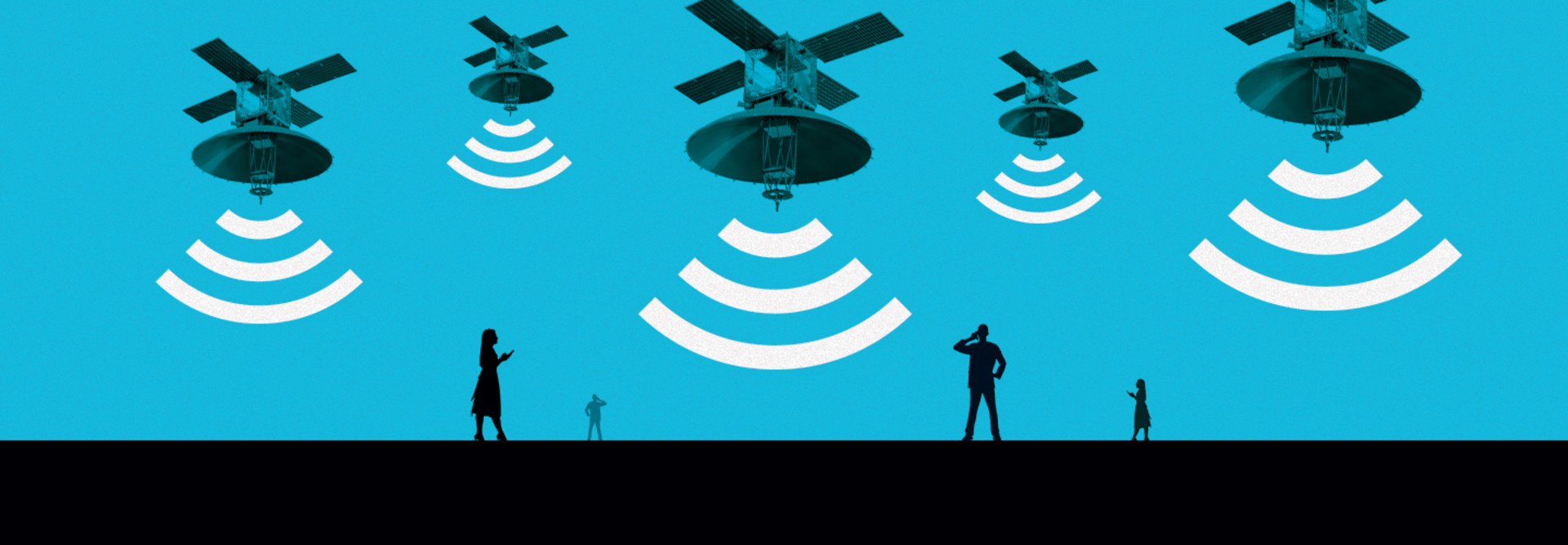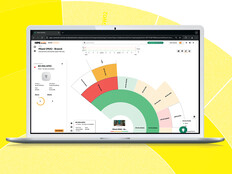Two Ways to Connect Cellphones with Satellites
There are two choices wireless carriers and smartphone makers have for using satellites to support rural coverage, says Tim Farrar, president of satellite consultancy TMF Associates.
One is the patch that Apple is pursuing with Globalstar: integrating support for satellite wireless spectrum into smartphones through specialized chipsets and radios, as Apple has done with the iPhone 14.
The other is to take terrestrial wireless spectrum and repurpose it for satellites that are launched into orbit. This is the approach that T-Mobile is taking in partnership with SpaceX and that AT&T is doing with AST SpaceMobile. In April, AST SpaceMobile noted that it had reached a historic milestone by completing, for the first time, a direct voice call from space to an unmodified smartphone.
In theory, such connectivity could support text messages and data transfers, though both Entner and Farrar say it’s too early to say whether that will actually pan out.
The biggest beneficiaries of such connectivity would be companies in extractive industries, agriculture and transportation, among others, “where people haven’t necessarily been able to justify buying a separate satellite phone for the small percentage of the time that they might need it,” Farrar says.
“Now, this capability would be there automatically, and that would potentially be a benefit to them,” he says.
READ MORE: Maintain connectivity even if your network goes down.
Racing to Secure Satellite Space
U.S. wireless carriers are squabbling over whether and how this service will take off. AT&T has argued to the Federal Communications Commission that T-Mobile and SpaceX have not justified their request to repurpose some of T-Mobile’s terrestrial spectrum for satellite use.
Meanwhile, AT&T says it is moving ahead with its own plans for a similar service in partnership with AST SpaceMobile, telling the FCC that they “intend to provide the demonstrations necessary to show that they will not cause interference to any authorized terrestrial systems.”
Interference is one of the biggest concerns with D2D, Farrar says. Dedicating a specific block of spectrum for the service, as T-Mobile and AT&T plan to do, could resolve some of those concerns, but the service may not hand off seamlessly between regular cellular coverage and satellite-based coverage.
“Filling in dead spots carries some connotations of users’ expectations that may or may not be realized when people actually implement this,” he says.
D2D service “works best where there’s little interference, which means there are few cell sites and there is not that much demand for it,” Entner adds.
The Challenge of Securing Data Service in Dead Zones
In the next few years, most smartphones likely will be able to send emergency or limited text messages through satellites, but the short-term prospects for capabilities beyond that are hazy, experts say.
In addition to interference, a key concern is capacity, according to Entner. Large antennas are required to deliver robust cellular services via satellite to users on the ground.
With smaller antennas, users will have lower bandwidth and will not be able to access many data services. However, if larger antennas are put on the satellites, that will create more drag on the satellite in orbit, meaning the Earth’s gravity will pull it in faster.
Large antennas would also potentially require additional solar panels on the satellites to meet higher power requirements, further increasing mass and drag.
“The larger, more powerful that satellite is with the larger antenna, the warmer it will get, the more power it will need, the heavier it will be, and the faster it will come crashing down,” Entner says, adding, “There’s a certain amount of physics that you can’t get around.”
UP NEXT: Learn about the five stages of a CDW network monitoring engagement.











